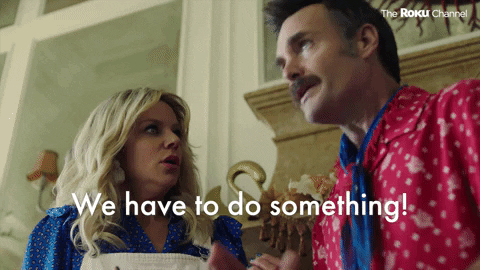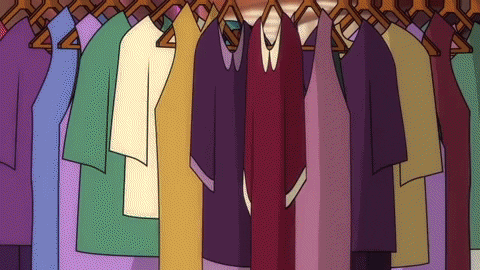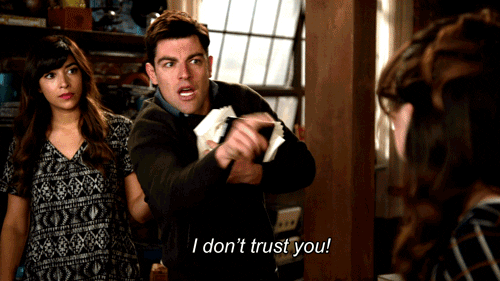
This logo isn't an ad or affiliate link. It's an organization that shares in our mission, and empowered the authors to share their insights in Byte form.
Rumie vets Bytes for compliance with our
Standards.
The organization is responsible for the completeness and reliability of the content.
Learn more
about how Rumie works with partners.
Did you know that...
the average American throws away around 81 pounds of clothing each year, most of it fast fashion?
three out of five fast fashion items end up in landfills within a year of purchase?
nearly 70 million barrels of oil are used each year to make polyester, the most common fiber used in fast fashion?

Use these five easy steps to avoid fast fashion and help you build a more eco-friendly wardrobe.
1. Shop Your Closet

A good benchmark is to wear your clothing items a minimum of thirty times before considering replacing them. It's even better for the environment to wear your items until they're worn out.
2. Shop Secondhand
Secondhand shopping is a great way to get that shopping "fix" without resorting to fast fashion. It's sustainable, saves money, and helps to reduce the waste fast fashion generates by keeping clothing out of landfills.

If you enjoy browsing in-person, try searching for secondhand shops in your local area. This is a great option if you aren't in a hurry or looking for a particular item.

Alternatively, there are many secondhand shops online that make it easy to search items by size, brand, color, etc., so you can find exactly what you like.
As a bonus, many secondhand shops will give you store credit when you sell them your gently used clothes.
Did you know?
Rumie is a nonprofit community dedicated to making innovative learning free for everyone.
3. Host a Clothing Swap
A clothing swap is an event where clothing items can be exchanged for free between friends or members of a community. It's a great way to add "new to you" items to your wardrobe without participating in fast fashion.

Some basic tips for hosting a clothing swap:
Be clear with attendees about what kind of clothing and how many items they should bring (for example, summer clothing in good condition).
Have a space big enough so that attendees can easily display their clothes.
Organize a fair swapping "system," (for example, giving attendees buttons or clothespins that they can use to "pay" for items).
4. Go For Quality Over Quantity
Most of us have more clothes than we really wear.
Changing your mindset to focus on quality over quantity when creating your wardrobe will help you shop more mindfully and choose items that you truly love and enjoy wearing.
Here are some questions to ask yourself when shopping:
Do I see myself wearing this at least thirty times / for several years?
Will it be out of style in a year or two?
Is it constructed well and made of quality materials?
Can I make at least three outfits with this item with pieces that I already own?

5. Beware of Greenwashing
These brands use elaborate marketing campaigns to convince consumers that they are creating items with sustainability in mind...all while continuing practices that damage the environment and harm workers.
Brands that are truly ethical and sustainable will be transparent about their business practices
Learning how to identify if a brand is sustainable is an important step in reducing or eliminating fast fashion consumption.
Quiz
Lina wants to know if a new brand she likes is sustainable. How can she determine if this brand is truly eco-friendly?
If the brand truly cares about the environmental impact of fashion, they should make information about the resources they use and their environmental practices clear and easy to access online. This will help you back up any info about the company you picked up by word of mouth or through the company's social media accounts. If you're interested in the company's labor practices, you can also look up information about how much they pay their employees.
Take Action
Ready to say goodbye to fast fashion?

This Byte has been authored by
Laura Comoletti
Learning Experience Designer
